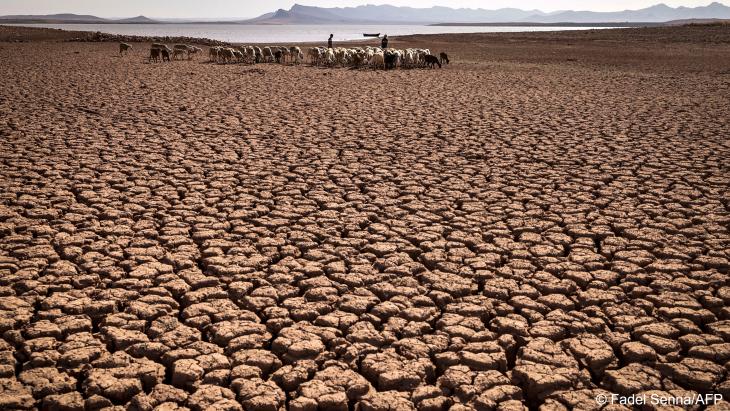The World Bank has revealed that the Middle East and North Africa region is by far the most drought-prone, with this distribution obtained by overlaying current cropland locations using satellite imagery measurements of drought over a 15-year period. The median value of exposure to severe drought during this period is 55 months. Therefore, the croplands in these areas are exposed to severe drought conditions 30% of the time or for an average of four months each year.
The World Bank stated in a report, of which Al-Dustour obtained a copy, that drought, if combined with fluctuating temperatures and amounts of precipitation, constitutes a severe limitation that accelerates the pace of land degradation, according to the Intergovernmental Panel on Climate Change 2019.
The World Bank indicated that the Middle East and North Africa region is losing cropland at the fastest rate of all regions. Tracking the dynamics of global land cover change shows that the mass of cultivated land is far from stable, with some areas gaining cropland while others losing.
Analysis of satellite imagery from 2003 to 2018 reveals that all regions of the world experienced significant levels of gains and losses during this period, but the overall rate of loss of cropland was not the highest in the MENA region despite climate change and salinity. This result may reflect the efforts made by countries in the region to conserve cultivated lands (in particular, through irrigation schemes).
In terms of gains in cropland, the notable feature is that the Middle East and North Africa region has the highest proportion of new cropland gained in sites formerly classified as arid, which likely reflects desert land reclamation traditionally practiced in Region. Although the net result of these dynamics was an overall gain in cropland in some regions (Latin America, South Asia and North America), all other regions experienced a net loss, with the Middle East and North Africa region generally losing cropland at a faster pace.












